Dirección
304 North Cardinal St.
Dorchester Center, MA 02124
Horas laborales
Lunes a viernes: 7:00 a. M. - 7:00 p. M.
Fin de semana: 10 a. M. - 5 p. M.
Dirección
304 North Cardinal St.
Dorchester Center, MA 02124
Horas laborales
Lunes a viernes: 7:00 a. M. - 7:00 p. M.
Fin de semana: 10 a. M. - 5 p. M.

Before we dive into the content, I’d love for you to join me on my social media platforms where I share more insights, engage with the community, and post updates. Here’s how you can connect with me:
Facebook:https://www.facebook.com/profile.php?id=100071234835011
LinkedIn:https://www.linkedin.com/company/74943205/admin/dashboard/
YouTube:www.youtube.com/@shandongexpertmedicalequip4695
TikTok:www.tiktok.com/@expertmedical
Now, let’s get started on our journey together. I hope you find the content here insightful, engaging, and valuable.
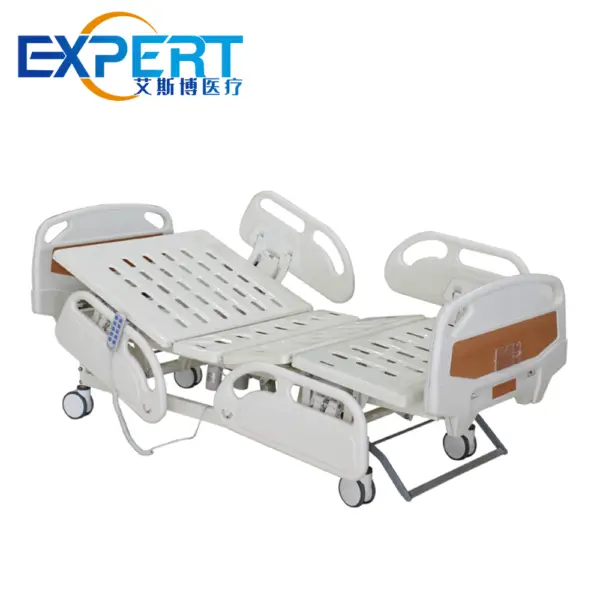
In healthcare settings, the choice of equipment significantly impacts patient care and staff efficiency. Among the various types of equipment, the standard hospital bed is one of the most crucial. Designed to meet the needs of patients and healthcare providers, these beds offer a range of features that enhance comfort, safety, and usability. In this blog, we will delve into the numerous benefits of standard hospital beds, exploring their functionality, features, and importance in modern healthcare.
A standard hospital bed is a versatile piece of furniture designed to provide comfort and support to patients during their stay in healthcare facilities. Typically adjustable, these beds allow for modifications in height and position, catering to the diverse needs of patients. They are equipped with various features that promote safety and accessibility, making them an essential component of patient care.
One of the primary benefits of a hospital bed is its adjustable features. These beds can be elevated or lowered, allowing patients to find the most comfortable position. Key adjustments include:
By providing a comfortable sleeping environment, hospital beds contribute to better sleep quality for patients. This is particularly important for recovery, as adequate rest can accelerate healing.
Standard hospital beds are designed with safety in mind. Features that enhance patient safety include:
The adjustable height of hospital beds also benefits caregivers. It allows for:




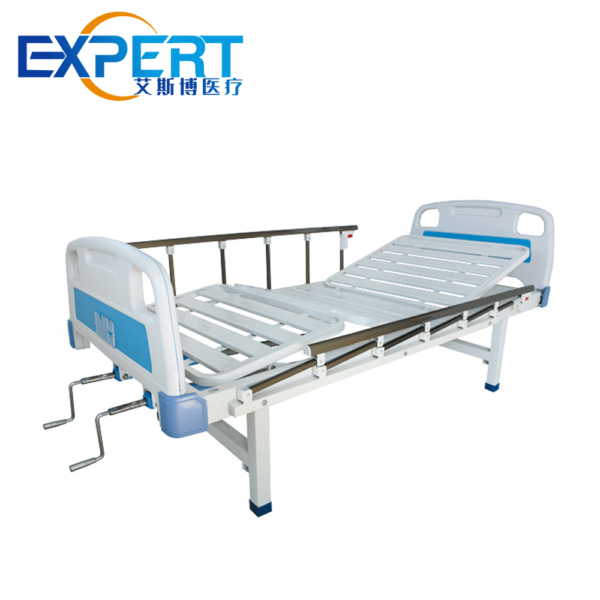
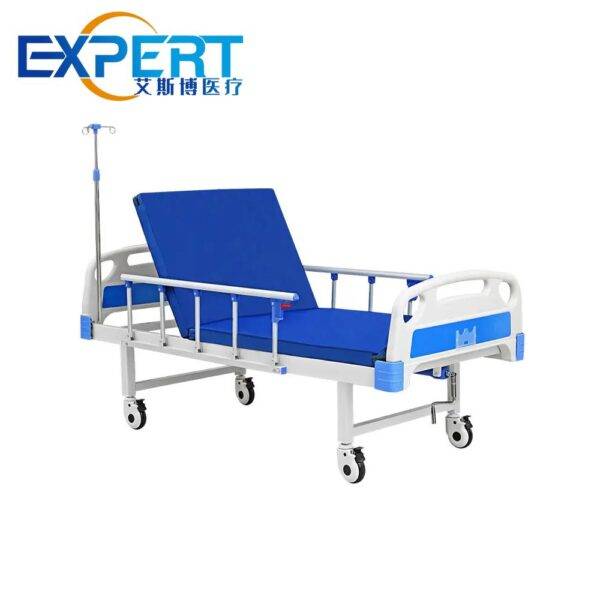

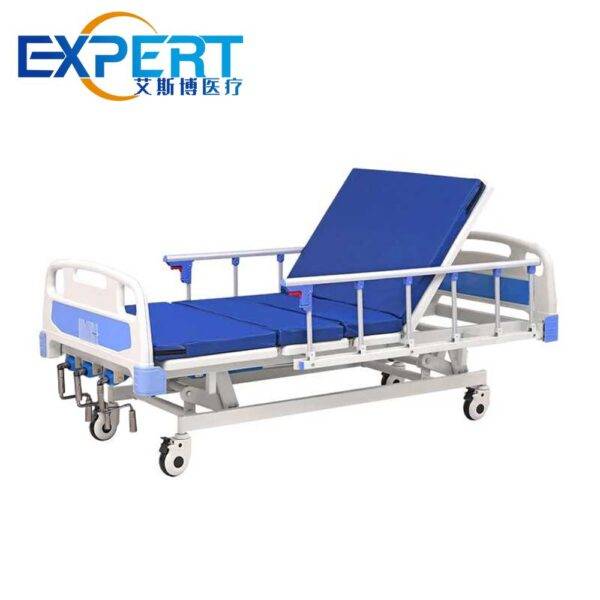
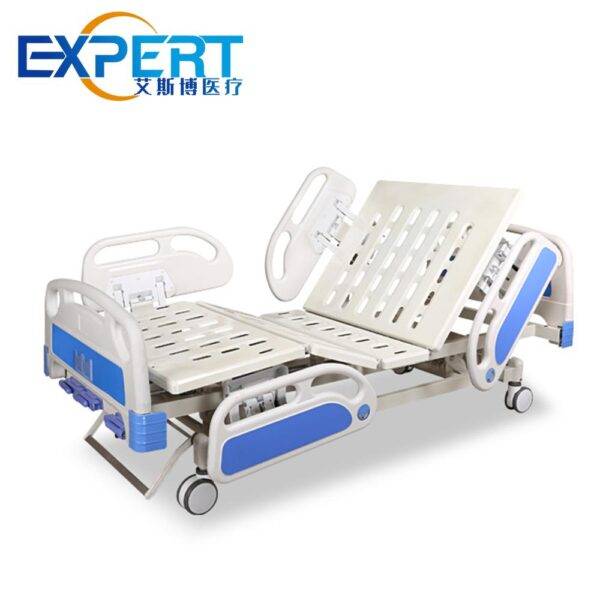
Standard hospital beds can be used for various patient types and conditions, including:
Standard hospital beds are designed to be compatible with various medical equipment, such as:
| Característica | Descripción |
|---|---|
| Adjustable Height | Allows for easy patient transfers |
| Head and Foot Elevation | Improves comfort and circulation |
| Carriles laterales | Enhances safety and fall prevention |
| Compatibilidad | Works with various medical equipment |
| Anti-Slip Surfaces | Reduces risk of slips and falls |
In healthcare settings, infection control is paramount. Standard hospital beds are often constructed with materials that are easy to clean and disinfect. Features include:
Many standard hospital beds come with removable, washable covers that further enhance hygiene. This ensures that beds can be thoroughly sanitized between patient uses, reducing the risk of hospital-acquired infections (HAIs).
Investing in standard hospital beds can yield significant long-term savings. Benefits include:
Standard hospital beds help streamline hospital operations by enabling efficient patient management. Their functionality can lead to shorter hospital stays and improved resource utilization.
Standard hospital beds can be adjusted to encourage patient independence. Features that support mobility include:
By facilitating independence, standard hospital beds contribute to patients’ mental well-being. Feeling in control of their environment can improve patients’ attitudes towards their recovery.
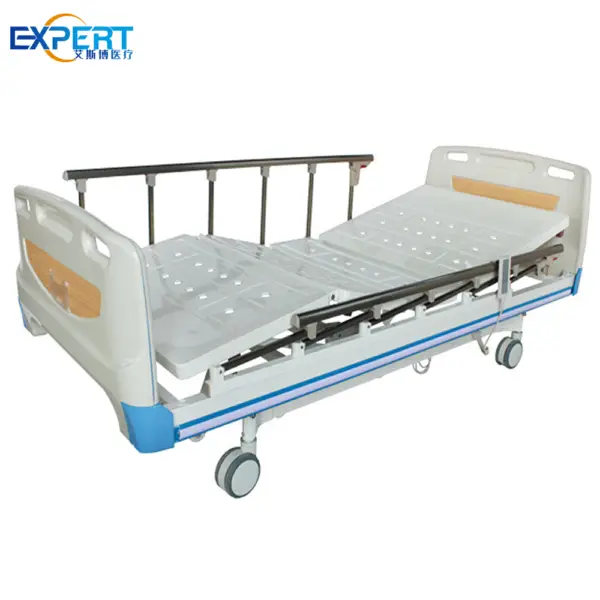
The advent of technology in healthcare has led to the development of smart hospital beds, which integrate advanced features such as:
As technology continues to evolve, the standard hospital bed will likely incorporate even more advanced features that enhance patient care, safety, and operational efficiency.
Standard hospital beds are an indispensable element of healthcare facilities. Their numerous benefits—from enhanced patient comfort and safety to cost-effectiveness and technological integration—make them essential for providing quality care. As healthcare continues to evolve, the role of standard hospital beds will remain central to improving patient outcomes and streamlining healthcare operations.
What is a standard hospital bed?
A standard hospital bed is an adjustable bed designed for patient comfort and care, featuring various functionalities such as height adjustment and head and foot elevation.
How do standard hospital beds enhance patient comfort?
These beds offer adjustable features that allow patients to find their most comfortable position, promoting better sleep quality and overall well-being.
Are standard hospital beds safe?
Yes, they are designed with safety features such as side rails and anti-slip surfaces to prevent falls and ensure patient security.
What materials are standard hospital beds made of?
Standard hospital beds are often constructed from durable, easy-to-clean materials such as stainless steel and high-density plastic to promote infection control.
¿Cómo puede standard hospital beds support caregiver ergonomics?
By allowing for height adjustments, these beds enable caregivers to work at comfortable levels, reducing the risk of injury and enhancing care delivery.